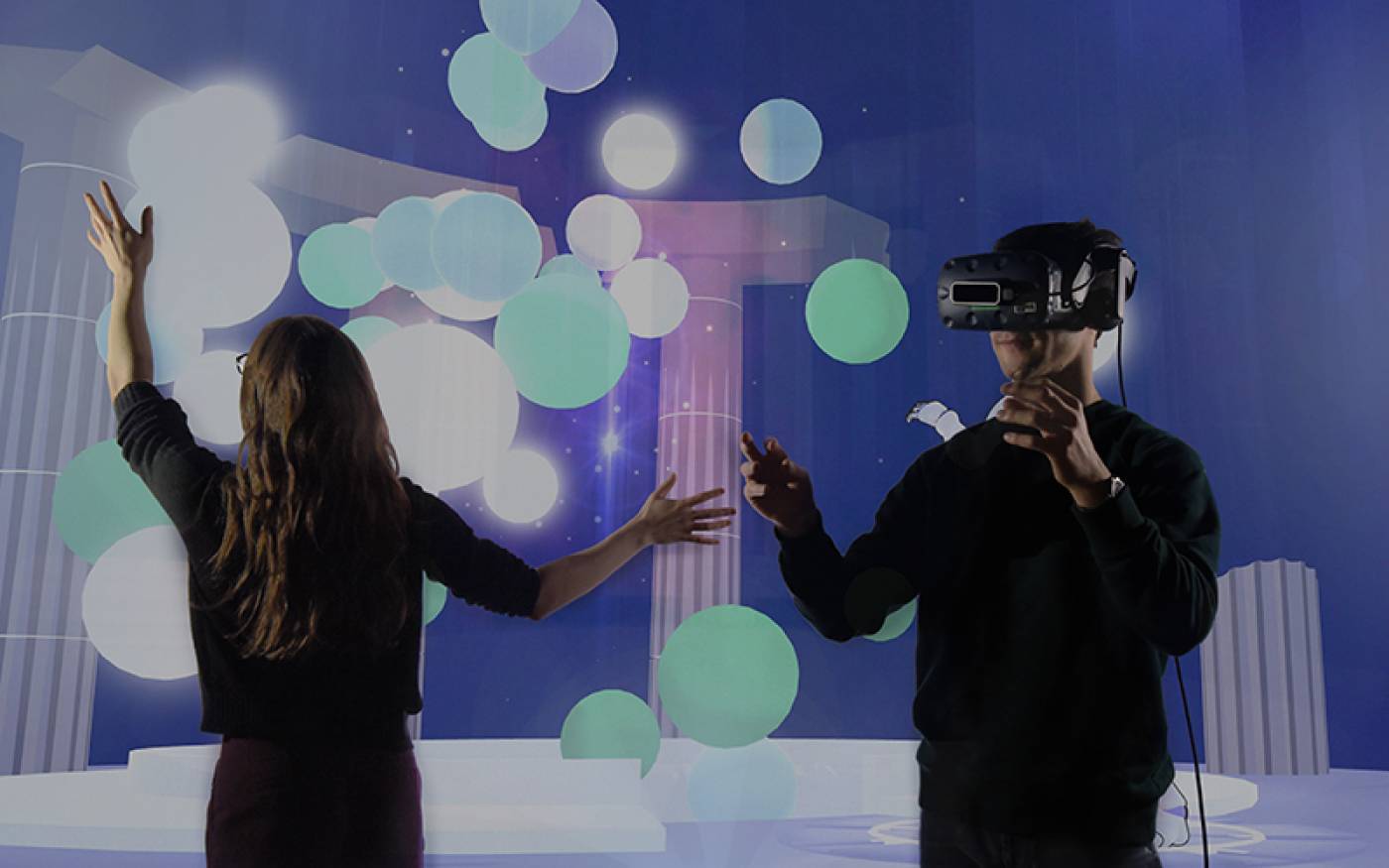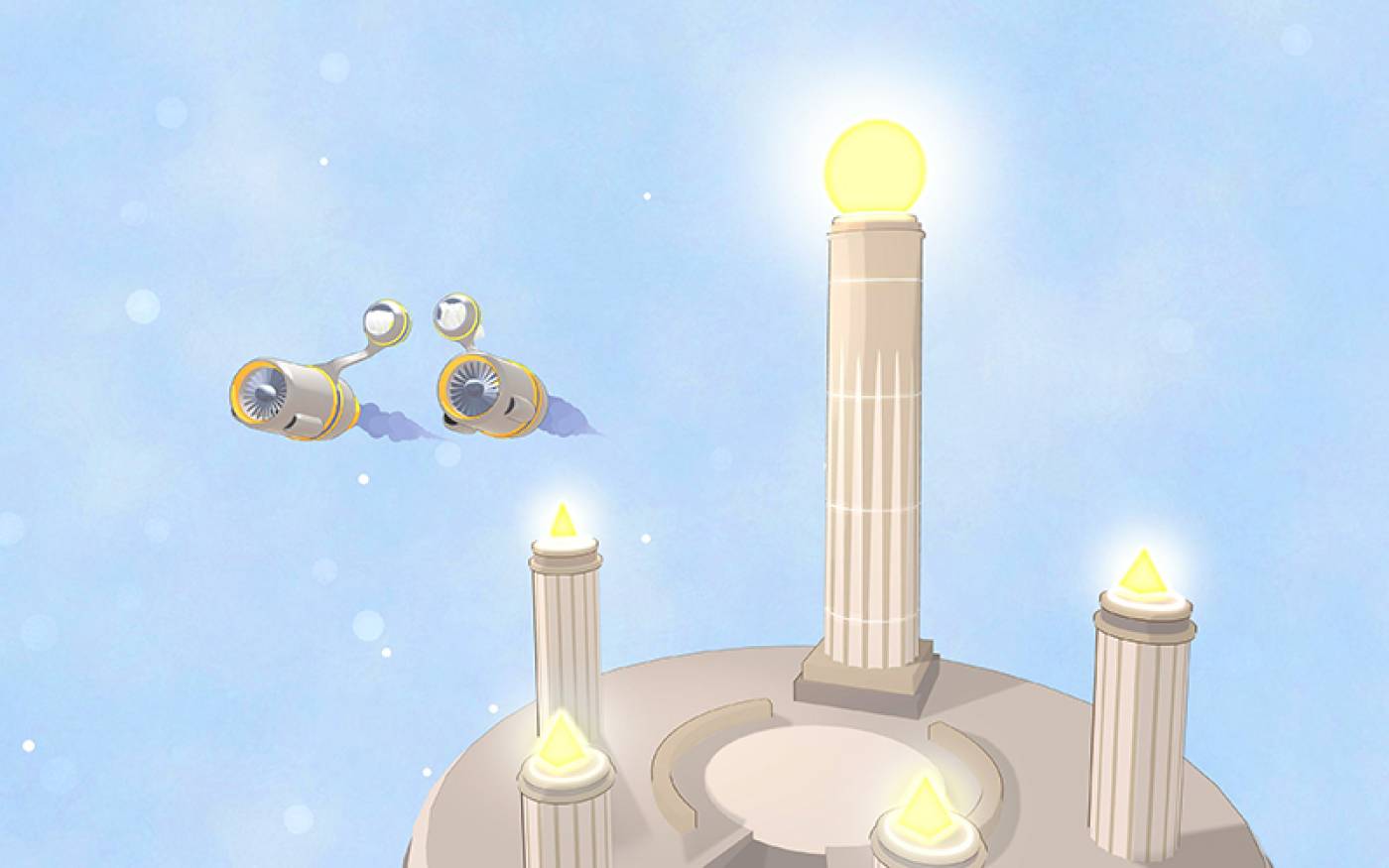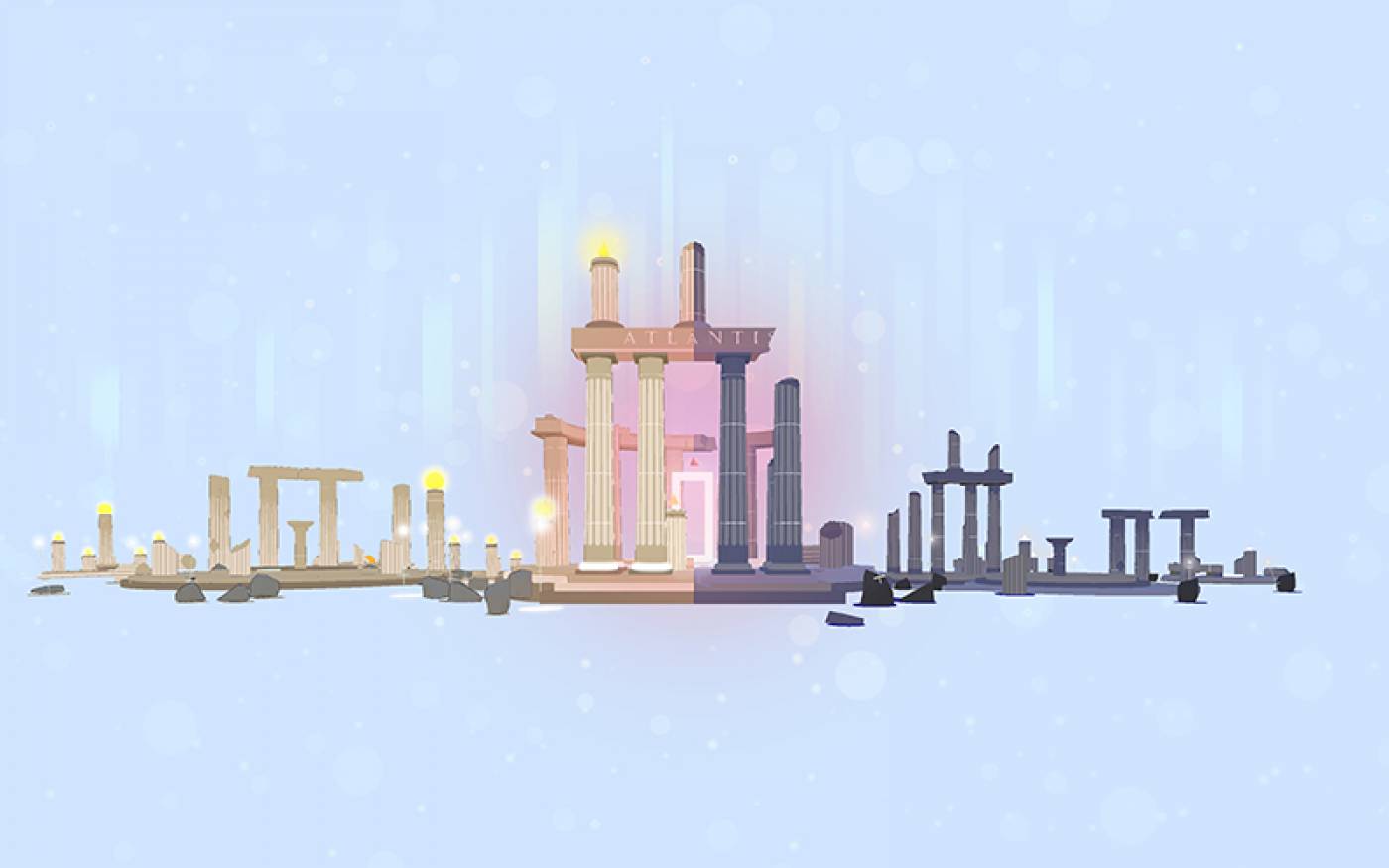Eugenio Moggio and Ahrian Taylor
Nero (νερό, Greek for water) is an immersive virtual reality (VR) experience centred around embodied learning environments. Here, you are Nero, a virtual character that explores an Atlantis-themed environment while on a journey to learn about the process of evaporation. Through completing a series of small tasks, Nero builds up an understanding of the separate elements involved in evaporation. The narrative arch of the game culminates in Nero being rewarded upon completing the final task, now holding cohesive knowledge of the overall process.
The VR experience has been developed for younger teenagers to complement conventional methods of schooling and textbook studies, as well as written exams. Nero creates a fun, engaging, and efficient way of teaching and learning a school subject that allows teenagers to acquire deep, embodied knowledge of abstract topics. The rise of modern technology has not yet, in its lack of integration into current learning environments, questioned how we might use the benefits offered by virtual reality to create meaningful pedagogic experiences. Research shows that using the body to complete tasks for learning produces a stronger understanding of the subject, as well as longer memory retention. As an immersive medium, virtual reality allows the embodied experience of abstract concepts or microscopic or macroscopic worlds. It also offers the potential to invoke episodic and autobiographical memory and thus ease understanding of theories that may otherwise remain recondite, to create an efficient and engaging way for children to learn.
Using a VR headset and a Leap Motion motion controller to track the player’s hands, Nero includes tasks that enforce a ‘follow the trail’ mechanic that encourages embodied learning, such as making yourself much smaller to scale down to particle size or shaking your hands to create energy which is then transferred to a water molecule. Within a classroom environment, the experience can be extended and tasks from within the virtual game are projected onto a screen, allowing additional players to interact with the virtual world by being tracked with a Kinect sensor. Here, a linear narrative provides ‘task areas’ where embodied actions happen to ensure all players complete each stage of learning before together progressing onwards, reaching the final task of evaporation and a final reward.



 Close
Close

